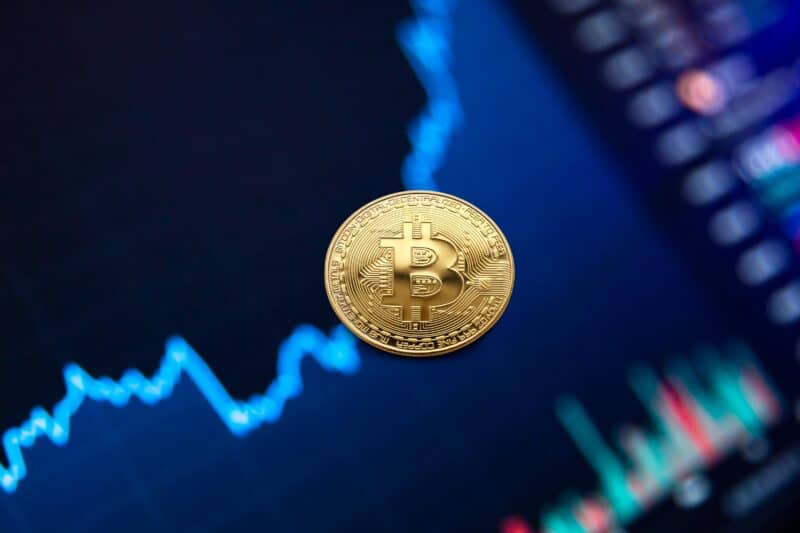Wall Street was painted red yesterday, though in moderate terms. Risk reduction took place a day ahead of the release of the American spending report, which will contain the inflation measure preferred by the Fed. The EUR/USD exchange rate fell to 1.08 before rebounding to around 1.0840 later in the day. The yield of American bonds decreased. Several Federal Reserve representatives voiced their support for percent rate cuts this year. Bitcoin hit a new multi-month peak at 64 thousand USD, nearing its record valuation from 2021.
Yesterday’s speeches by Fed representatives were relatively cautious, with some having a slightly more dovish tone. Susan Collins declared that it would be advisable to start easing monetary policy this year. She emphasized that reaching the inflation target will be a “bumpy” process, and she would personally like to see more evidence of a lasting price stability trajectory. John Williams very clearly stated that the Fed will lower the cost of money this year. His reasons included the strong economy and expected further decrease in inflation. At the same time, he made the pace of reduction dependent on economic data. He concluded with the remark that the Fed still has “a long way to go to reach its target” – a sentence that decision-makers always reiterate to prevent the market from interpreting their earlier words as overly dovish. Bostic from Atlanta considered a patient approach to monetary policy as correct. He outright rejected declaring victory in the fight against inflation.
Yesterday, the yield on 2-year US treasury bonds fell nearly 6 bp to 4.64 percent while 10-year yields dropped 4 bp to 4.26 percent. German government 10-year bonds remained unchanged at 2.46 percent, while British equivalents fell 1bp to 4.19 percent. As for data from the US, the second GDP estimate for the fourth quarter was slightly revised downward to 3.2 percent YoY compared to 3.3 percent in the preliminary estimate. Private consumption was revised upward, from initially 2.8 percent to 3 percent.
Today, the main focus will be on the PCE deflator for January, in light of recent higher-than-expected CPI and PPI inflation reports for January. The market consensus for the main PCE deflator stands at 2.4 percent year on year (previously 2.6 percent), and expectations for the core rate are at 2.8 percent (previously 2.9 percent). There is a slightly higher risk that today’s figures will be higher, and if this happens, the dollar might strengthen, meaning that the euro-dollar rate could fall below 1.08. Above all, the month-on-month dynamics of the PCE core deflator have yet to permanently “return” to pre-pandemic levels, which will undoubtedly be noticed by American policymakers. In addition, the constant risk factor is high wage pressure, indicating the central bank’s cautious approach, which will likely be illustrated by the continuation of the “higher for longer” strategy.
Łukasz Zembik Oanda TMS Brokers.
